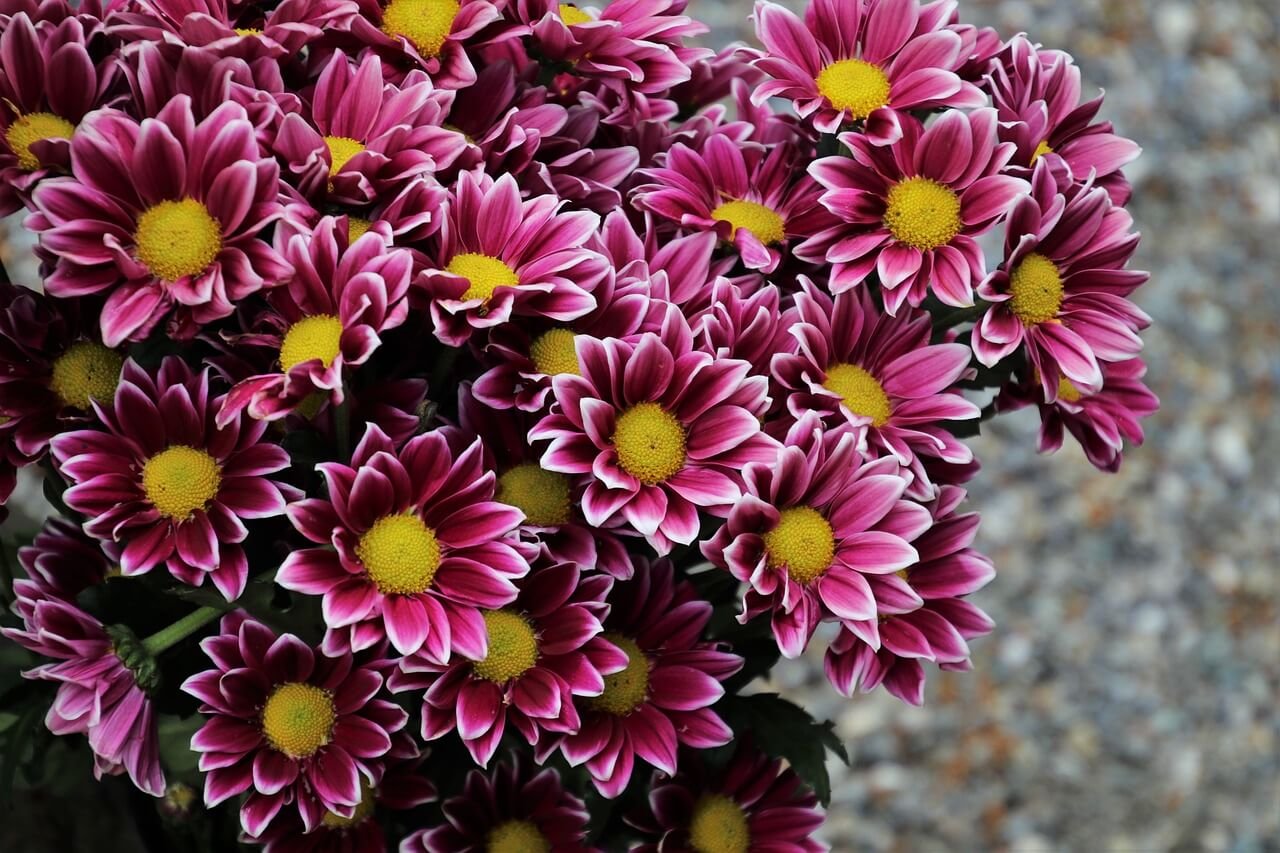Imagine transforming your small apartment balcony into a lush, vibrant oasis filled with the sights and scents of blooming flowers, fresh herbs, and flourishing greenery. Creating a balcony garden is not only a great way to add beauty and nature to your living space, but it also allows apartment dwellers to indulge in the joys of gardening. In this article, we will explore some of the best ways to create a balcony garden, providing you with valuable tips and ideas to bring your outdoor sanctuary to life. Whether you’re a seasoned gardener or a beginner, these simple and practical suggestions will help you create a thriving garden that brings joy and tranquility to your apartment home.
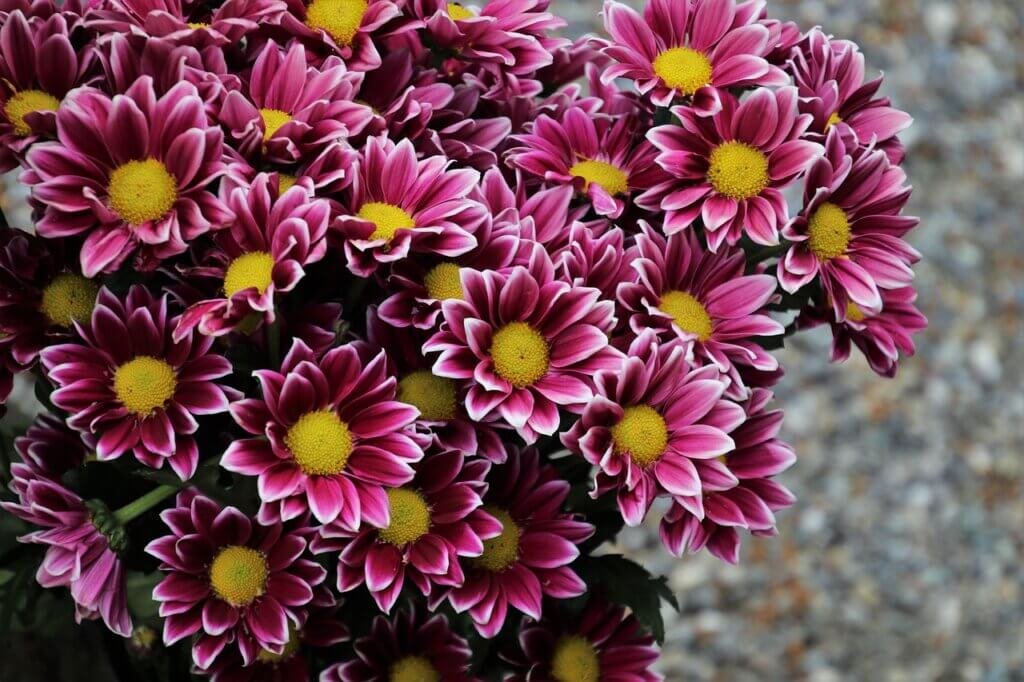
Choosing the Right Plants
When it comes to creating a beautiful balcony garden, choosing the right plants is crucial. Consider the amount of sunlight your balcony receives throughout the day. Is it a sunny spot, or does it get limited sunlight? This will help you determine which plants will thrive in your space.
In addition to sunlight, it’s essential to choose plants that thrive in containers. Some plants are better suited for life in pots and will adapt well to the limited root space. Look for plants that have compact or trailing growth habits and are known for their container suitability.
Furthermore, consider the size of your balcony. Larger balconies provide more room for plants to grow and flourish. If you have a small balcony, opt for plants that don’t require a lot of space. By considering the size of your balcony, you can ensure that you choose plants that fit well and create a harmonious garden space.
Picking the Right Containers
Selecting the right containers for your balcony garden is just as important as choosing the right plants. Containers with proper drainage are essential to prevent waterlogging and ensure the health of your plants. Look for pots with drainage holes at the bottom, allowing excess water to escape.
Moreover, the size of the containers matters too. Larger plants require more space for their roots to grow, so choose containers accordingly. However, keep in mind that larger containers can be quite heavy, so consider the weight limit of your balcony and opt for lightweight options if needed.
To maximize space and create visual interest, consider using hanging baskets and vertical planters. Hanging baskets allow you to utilize the vertical space, while vertical planters can be attached to walls, adding a touch of greenery to your balcony. These options help make the most of limited space and create a lush garden atmosphere.
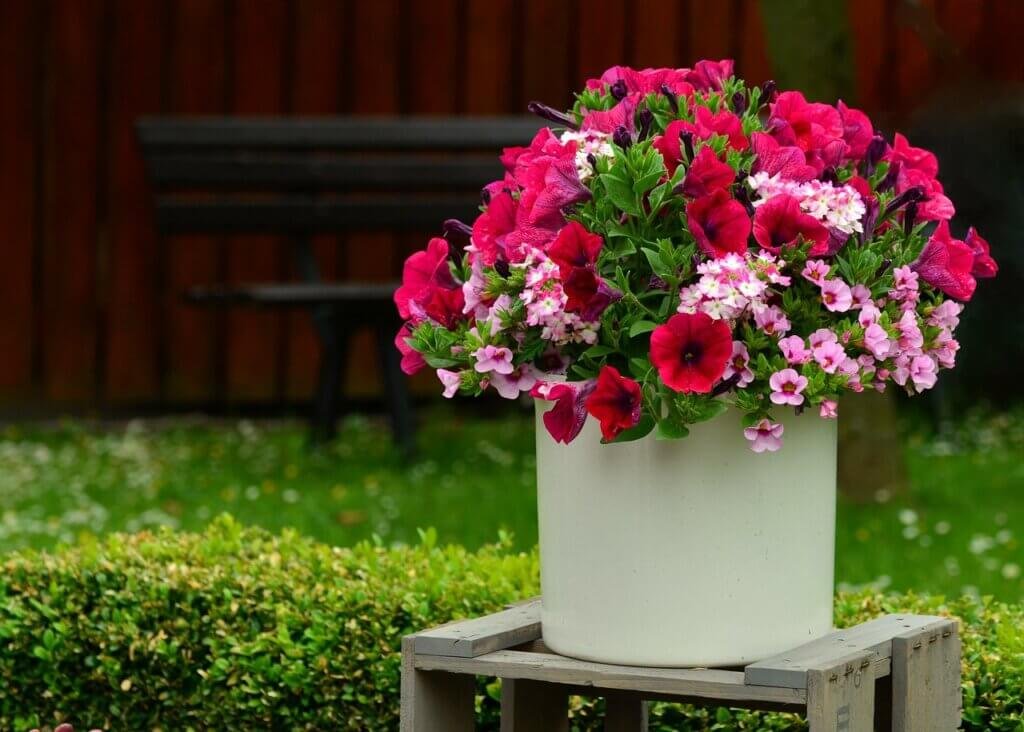
Providing Proper Drainage
Proper drainage is essential for the health and well-being of your plants. Without it, excess water can accumulate in the containers, leading to root rot and other diseases. To ensure proper drainage, you can drill drainage holes in the containers if they don’t already have them.
Additionally, using potting soil with good drainage is crucial. Look for soil mixes specifically designed for container gardening, as they typically have the right balance of drainage and moisture retention. Avoid using garden soil, as it tends to be heavy and may not provide adequate drainage for container plants.
Another technique to promote drainage is to add a layer of gravel at the bottom of containers before adding the soil. This creates a space for excess water to accumulate, preventing it from saturating the roots. However, avoid using too much gravel, as it can impact the overall soil volume and limit root growth.
Maximizing Vertical Space
When working with a small balcony, maximizing vertical space is key to creating a thriving garden. Installing trellises or plant stands allows you to grow climbing plants vertically, adding height and visual appeal to your balcony. This not only saves valuable floor space but also creates a vertical garden oasis.
Another way to utilize vertical space is by hanging pots on walls or railings. Hang them at different heights to create depth and variety in your garden. This technique is especially useful for trailing plants that can cascade down the sides of the pots, creating a stunning display.
Furthermore, consider utilizing hanging shelves or hooks to hang small pots or planters. This way, you can make use of overhead space and add more plants without taking up precious floor or railing space. It’s a clever way to add greenery while keeping your balcony open and inviting.
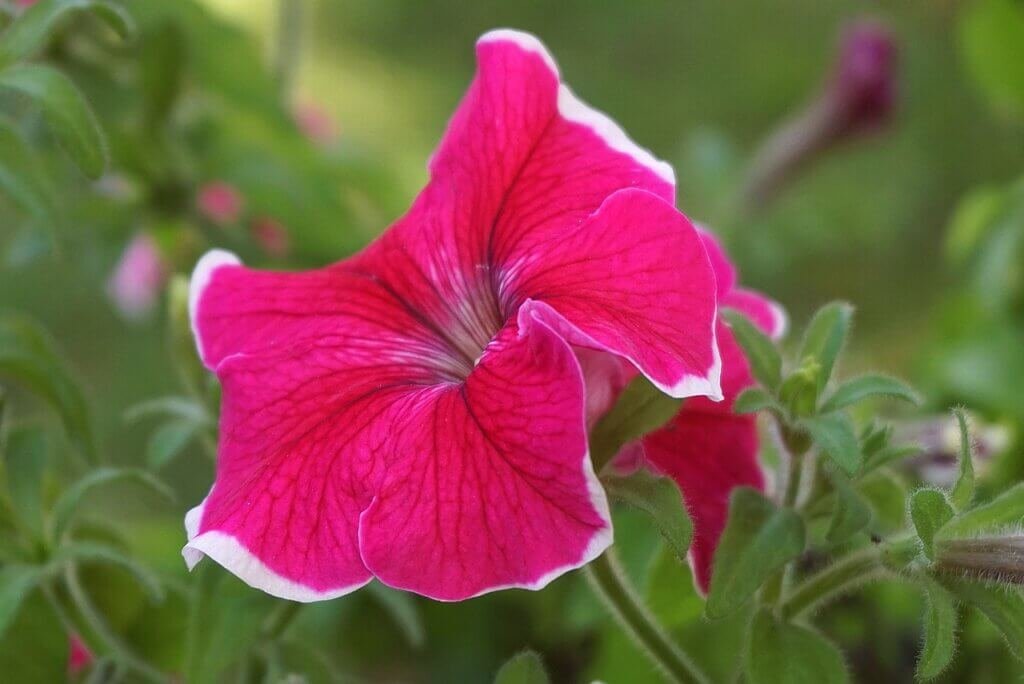
Choosing the Right Soil
The soil you choose for your balcony garden plays a vital role in the health and growth of your plants. Opt for high-quality potting soil specifically formulated for container gardening. This type of soil provides excellent drainage, aeration, and nutrient availability for your plants.
Consider adding compost or fertilizer to enhance the fertility of the soil. Compost is a natural and rich source of nutrients, promoting healthy plant growth. Fertilizers, whether organic or synthetic, can provide specific nutrients that may be lacking in the soil. Be sure to follow the recommended dosage and application instructions when using fertilizers.
Additionally, ensure that the soil is well-draining. This means that excess water can pass through the soil easily, preventing waterlogged conditions that can harm the roots. Well-draining soil allows for better oxygenation and nutrient absorption, leading to healthier and more vigorous plants.
Watering and Maintenance
Proper watering and maintenance are key to the success of your balcony garden. Water your plants regularly, ensuring that the soil is consistently moist but not waterlogged. Different plants have varying watering needs, so be mindful of the specific requirements of each plant.
To monitor moisture levels, insert your finger into the soil up to the first knuckle. If it feels dry at that depth, it’s time to water your plants. It’s better to water deeply and less frequently than to give light, frequent watering. This encourages strong root development and helps plants become more resilient.
Pruning and deadheading are necessary maintenance tasks for a flourishing garden. Regularly trim back overgrown branches or stems to promote compact growth and maintain the desired shape. Deadhead flowers by removing faded or spent blooms, which encourages new blooms and prolongs the flowering period.
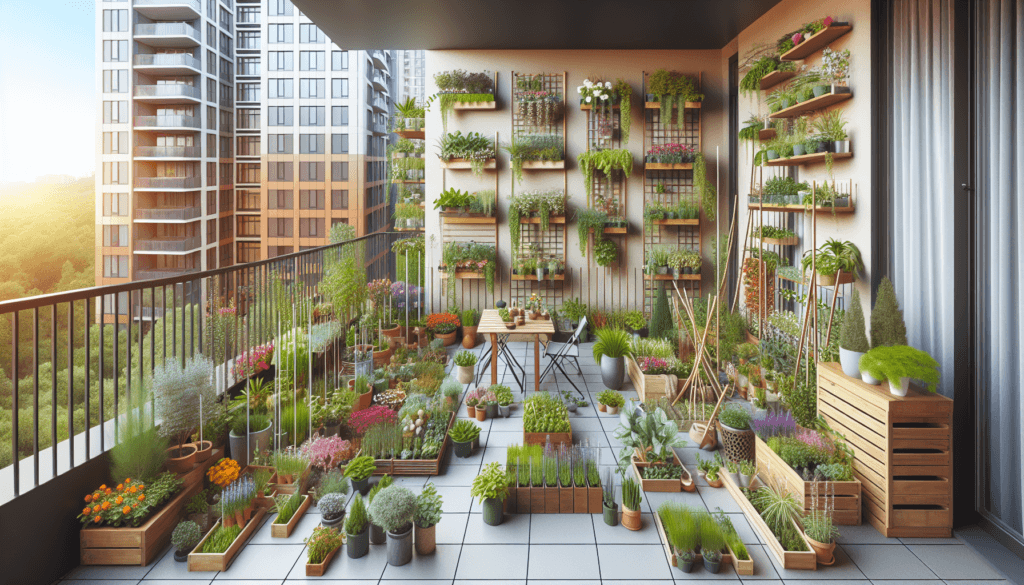
Handling Pests and Diseases
While a balcony garden can create a peaceful oasis, pests and diseases can occasionally disrupt the tranquility. It’s important to identify common pests and diseases that may affect your plants and take appropriate action to control them.
Using organic pest control methods helps safeguard the health of your plants and the environment. Natural solutions such as neem oil, insecticidal soap, and companion planting can deter pests and minimize damage. Regularly inspect your plants for signs of pests or diseases, and promptly address any issues to prevent them from spreading.
If you encounter persistent or severe pest or disease problems, it may be beneficial to consult a professional. They can provide expert advice and treatment options tailored to your specific situation. Don’t hesitate to seek help if you find yourself overwhelmed by pest or disease issues in your balcony garden.
Adding Decorative Elements
To make your balcony garden a visual delight, consider incorporating decorative elements. Colorful pots and planters can add a vibrant touch to your space and complement the colors of your plants. Choose pots in various sizes, shapes, and patterns to create visual interest and showcase your personal style.
You can also use decorative lights or lanterns to add a warm and inviting ambiance. Place them strategically to illuminate your plants and create a cozy atmosphere during the evening hours. Additionally, hanging artwork or wind chimes can further enhance the aesthetic appeal of your balcony garden.
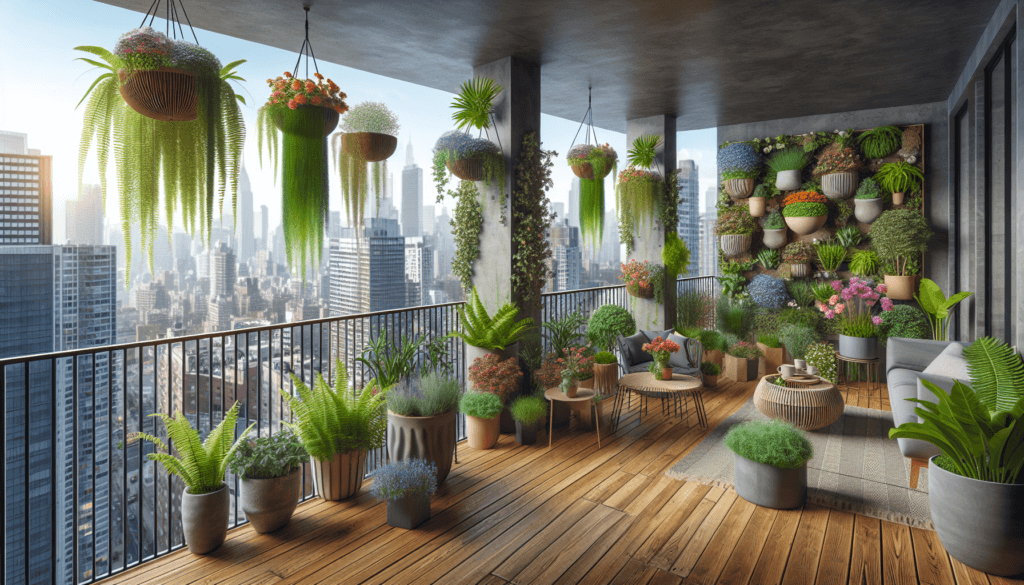
Creating a Relaxing Space
A balcony garden is not just about plants – it’s about creating a relaxing space for yourself. Add comfortable seating, whether it’s a cozy chair, a bench, or a hammock. Relaxing amidst the greenery can be incredibly soothing and refreshing.
Include a small table for dining or gardening activities. It can serve as a space for enjoying a cup of tea or coffee, reading a book, or tending to your plants. Having a designated area for your gardening activities ensures convenience and adds functionality to your balcony garden.
Enhance the ambiance with cushions or rugs. Soft cushions can make your seating area more comfortable, while a colorful rug can add texture and warmth to your balcony. These simple additions can transform your balcony garden into a cozy retreat where you can unwind and recharge.
Keeping Safety in Mind
While creating your dream balcony garden, it’s essential to prioritize safety. Be sure to secure pots and hanging plants properly, especially in areas with strong winds or potential movement. Choose sturdy hooks and brackets to ensure your plants remain stable and don’t pose a risk to yourself or others.
Avoid overloading your balcony with heavy items, as this can stress the structure and compromise safety. Consider the weight limits specified for your balcony and choose lightweight pots and accessories. Distributing the weight evenly across the balcony ensures a balanced and safe environment for your plants and yourself.
Lastly, be cautious about plant toxicity, especially if you have children or pets. Some plants may have toxic parts that can be harmful if ingested. Educate yourself about the plants you choose and ensure they are safe for your specific circumstances. If you have any concerns, consult with a professional or remove toxic plants from your balcony garden.
Creating a balcony garden is an enriching and rewarding experience. By carefully selecting the right plants, containers, soil, and decorative elements, you can transform your balcony into a lush oasis. With proper care and attention, your balcony garden will provide beauty, serenity, and a connection with nature, right outside your door. Happy gardening!

